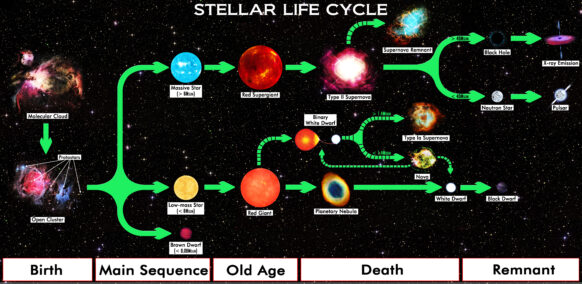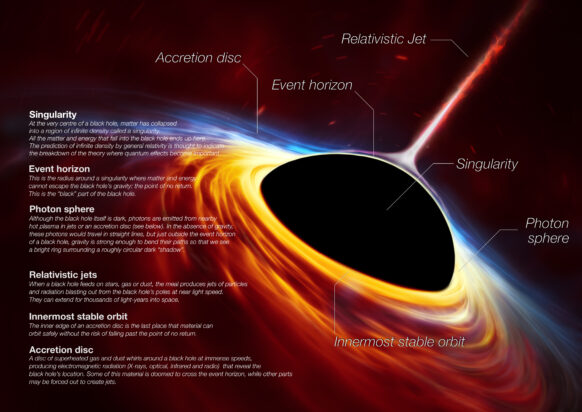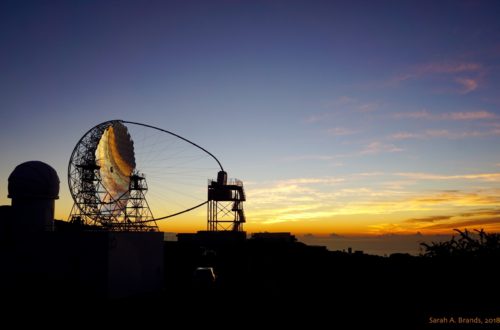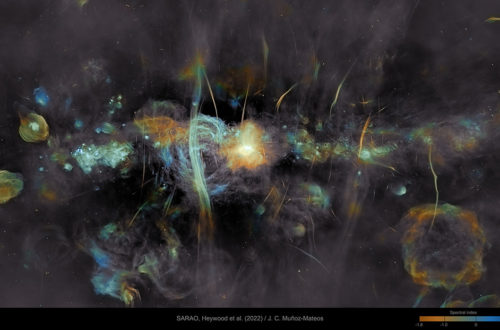Ever wonder about the lifetime of a star or how black holes form as stellar remnants?

When clouds of gas and dust cool and collapse under gravitational forces, they form protostars. Protostars can be seen as the infancy stage of stars because they are still gathering mass from the parent molecular cloud.
The masses of these protostars drastically affect the evolution of the star over the course of time. The more massive the star is, the more violent its death is. The less massive, the more likely the star is to become a dwarf (see Figure above). Dwarfs are generally systems with low energetic processes. The three subclasses of dwarfs are brown, white and black dwarfs. Low mass stars tend to live very long.
For more massive stars (more than eight solar masses in size), the general rule of thumb is that they live fast and die young because they need to burn a lot of energy to prevent gravitational forces from winning against the radiative forces. When the force of gravity wins, the death of the star usually occurs via a violent explosion, leaving behind either a black hole or a neutron star.

This group, the Jetsetters, aims to understand the fundamental physics of black holes, as they are incredibly energetic with high gravitational forces – forces so strong that not even light can escape their event horizons. How and where do the jets of supermassive black holes originate from? Is the accretion disc strongly or weakly magnetised? Are current theories of high energy astrophysical systems enough to reproduce observations? These are just some of the topics we study.
If you want to know more, do follow this blog and check out older posts by the group members!



